Since it is quite a way to get to San Agustin, we decided to make the most of it, especially given the stunning landscape surrounding the town.
Our first day in San Agustin we spent in the archaeological park, strolling through a lush forest where about 130 sculptures peek from around every corner. Some are really fine work, others look a bit weathered. Only a few were originally found in that area but most of them were taken here from the surrounding hills. The museum itself exhibits pottery, jewelry and some background information about the San Agustin culture.
The following day, Pacho took us around the scenic hills on his most patient horses to more remote sites. This was an unforgettable experience, in perfect weather we soaked in the beautiful scenery. This was definitely the best way to reach the remote sites of El Tablon, La Chaquira, La Pelota and El Purutal. La Chaquira is particularly special, there faces are carved into the rocks and the view of the still tiny Rio Magdalena deep down below is stunning.
The third day, we ventured even further out in a jeep, together with a very nice couple from Salento. Our first stop was at the El Estrecho, the narrowest part of the Rio Magdalena, with only slightly more than 2 meters. A deadly place it seems, the crosses along the river demonstrate the unbelievable force of the water and commemorate the 15 people who have drowned there. Alto de los Idolos, among many sculptures, is home of the largest statue (7 meters) in San Agustin, in Alto de Los Piedras we marveled at the famous Doble Yo, a statue with four figures carved from a single block.
On the way we passed endless fields of sugar cane and eventually stopped at a “Trapiche”, where we had a chance to watch the entire process to making “Panela”. “Trapiche” is the word for the very place where this happens, but also for the machine that squeezes the juice from the stalks. The freshly cut sugar cane is brought there by horses and then stuffed in the press – “Trapiche”. The juice spills straight into a basin that is heated by burning the dried stalks left after the juice is extracted. The boiling juice is than scooped in other basins, in each the liquid is reduced until it is poured into molds. Once hardened it is packed into bags holding nine bricks of “Panela” and taken to the market to be sold.
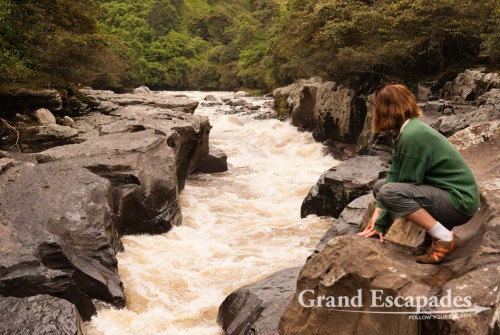
The third day, we ventured even further out in a jeep, together with a very nice couple from Salento. Our first stop was at the El Estrecho, the narrowest part of the Rio Magdalena, with only slightly more than 2 meters. A deadly place it seems, the crosses along the river demonstrate the unbelievable force of the water and commemorate the 15 people who have drowned there
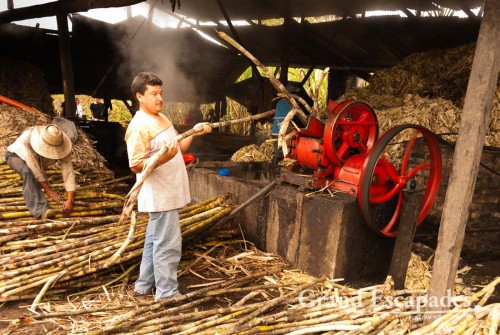
The freshly cut sugar cane is brought there by horses and then stuffed in the press – ?Trapiche?. The juice spills straight into a basin that is heated by burning the dried stalks left after the juice is extracted. The boiling juice is than scooped in other basins, in each the liquid is reduced until it is poured into molds
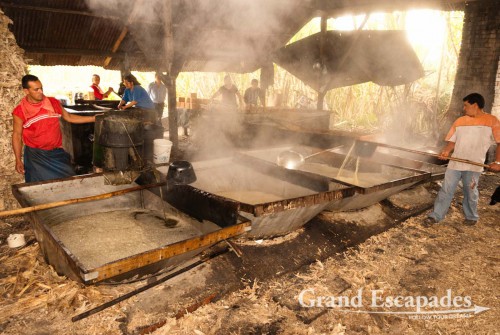
The freshly cut sugar cane is brought there by horses and then stuffed in the press – ?Trapiche?. The juice spills straight into a basin that is heated by burning the dried stalks left after the juice is extracted. The boiling juice is than scooped in other basins, in each the liquid is reduced until it is poured into molds
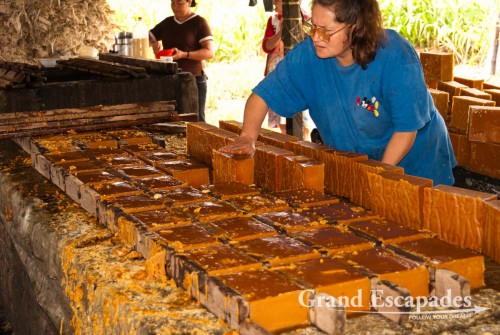
The freshly cut sugar cane is brought there by horses and then stuffed in the press – ?Trapiche?. The juice spills straight into a basin that is heated by burning the dried stalks left after the juice is extracted. The boiling juice is than scooped in other basins, in each the liquid is reduced until it is poured into molds

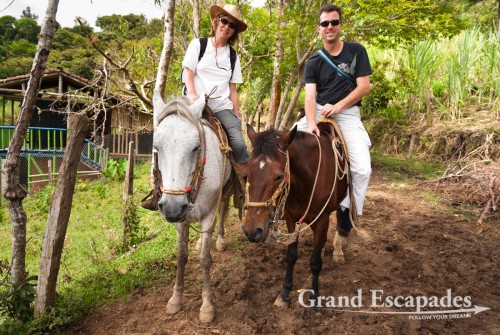
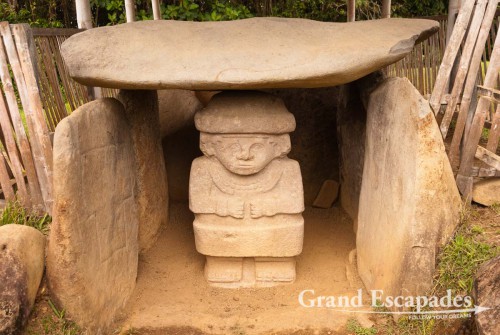
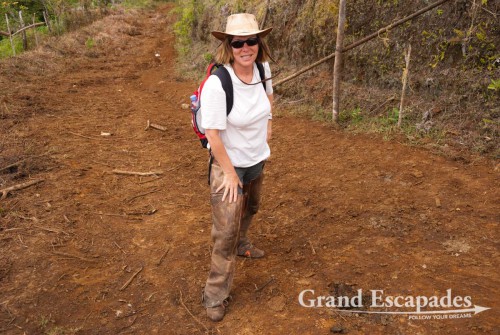
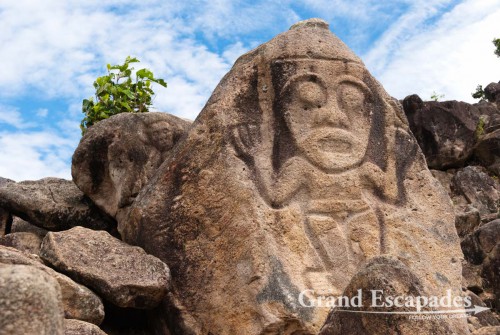
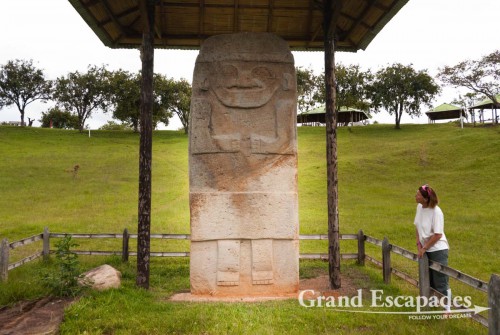
No comments yet.